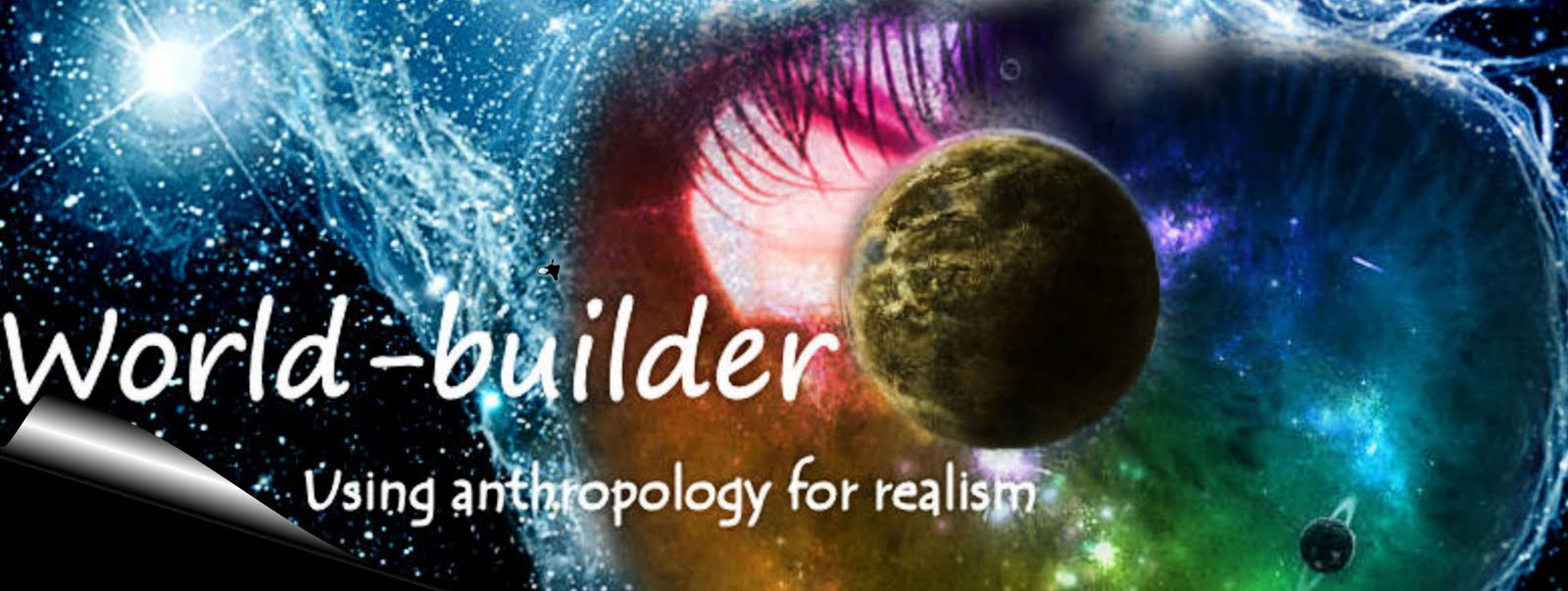 Worldbuilding: Temperate Forests
Worldbuilding: Temperate ForestsEconomics: Temperate forests have a unique perspective of being economically very stable. Inhabitants can use the forests for timber for building, and for construction of other products. The prospects of cultures clearing timber for agriculture or of using internal grasslands adjacent to the temperate forest create lots of potential for agriculture. Forests also have an unusual abundant fauna population. However, the inhabitants would usually hunt that for their own food. It is very easy to upset the balance in a temperate forest. Culling to much in the forest can damage the forest by throwing the predator and prey system off. Too many predator and the predators begin to hunt each other. Not enough predators and the forest dies from too much culling form the herbivores. This could also cause the group to move from place to place within the forest.
Language: Talk of the forest may or may not have influence from other sources. Most likely they would have a heavy influence from traders. Long vowel sounds may be prevalent because they carry better through woodlands. The root of the language here would be extremely important. Many woodland languages evolve from the sounds around them. Keep this in mind when constructing a woodland language.
Kinship and Descent: Travel among woodlands is usually much easier than other ecologies. Rivers, lakes, and grasslands often mingle with temperate forests. Keep in mind if the climate is more warm than cold that travel to find mates will be far further ranged than if it is primarily cold. The perception of the forest is very important here. If the perception of the forest is male the descent may follow patrilineal lines. Vice versa is the forest is perceived as female. The perception of where the power of the forest lies could also challenge this. For example if the forest is perceived and female, but he fauna is considered to be where power lies and is personified in general as male then the linage will be patrilineal. This principle can be arranged in several different combinations.
Organization & Stratification: The motif that the forest is either male or female may repeat itself here. The forest perpetuates a sense of time, particularly old forests. Warm forests are especially perpetual; cold forests seem to be a frozen landscape that can be very mystical when the snow falls through them. In an old enough forest time can seem lost there, so can the immensity of the landscape and the peoples in it. It is very easy for a small creature such as a human to feel small in the grand scheme of things. I think that age would therefore be an asset here rather than a hindrance when dealing with leadership. Leadership therefore would sit with elders, whether male or female in a temperate forest.
Religion & Magick: For religion and magick to not be tied to the forest would go against the very grain of growth within the forest. Magic is often said to flow like a river, grow like a tree, or burn like fire. All of these things can be said of the forest. It needs all these things to grow, water, fire, and the nurturing power of the earth. The forest breathes as a living being and therefore needs air. It is the balance of all things. Religious specialist would also find balance on other ways. Magic within a culture that lives within the forest would demand balance of the caster. Male and female within the magical community would be a growth from that balance. Religious specialists would be of both sexes. The elements make up the forest and it requires all of them. The forest would make up the physical part of their magic as well, yet possibly in places being regarded as holy to the peoples who require it to live. The hunters would prey to it’s should and thank it for its bounty.
World-building: The culture is a group that worships the forest as a whole not just the trees. Trees are considered part of each person as they grow old. When they die each becomes part of the forest itself, helping it to live and breathe. Elder parts of the forest, become centers of wisdom for shaman. They would be traveled around at all cost, and considered ill omen if not invited by the grove to enter.
The people would harvest from the forest in places that would help the forest to grow, ritual surrounding the cutting of trees. Yet the act of culling the forest would not be an act of sin, but an act of care. The forest can’t exist as a perpetual fixture. As life grows it also changes and so does the needs of the forest. The animals within the forest would therefore be understood to have a symbiotic relationship with everything around them. Circles of nature creating an outstanding presence of balance within the lives of the peoples here.
The council of elders might be made up of the eldest amongst the groups. Not just one group having a governing body, but each group having one elder that helps to govern the entirety of forest peoples. Possibly even being the religious specialist or the religious specialist in some groups may have a taboo from holding both positions.
There may be two languages. One that is spoken, and another used as an oral tradition to set forth records of lineage and tales of glory, and a holy language that wasn’t spoken, but, universally known to all within the entirety of the culture, pictographs using symbols created by circles and lines. These symbols could direct someone through the forest as carvings in the trees made by shamans.
.jpg)
